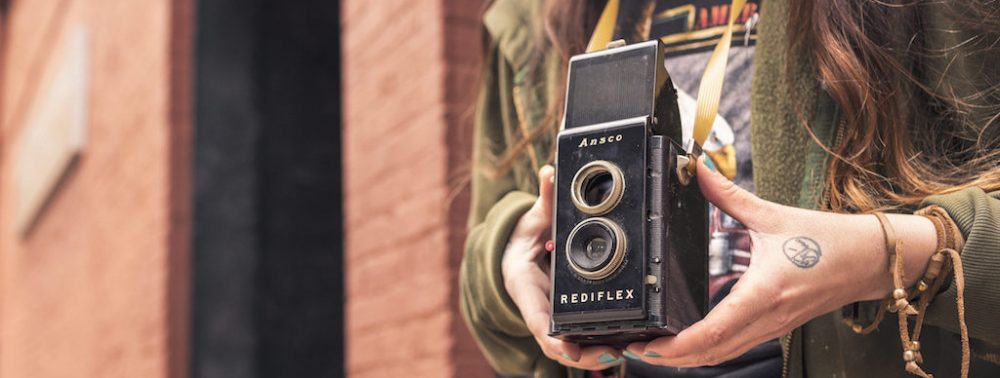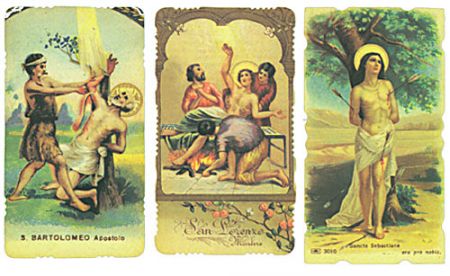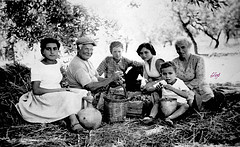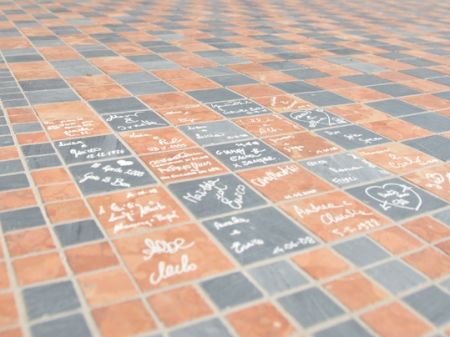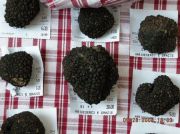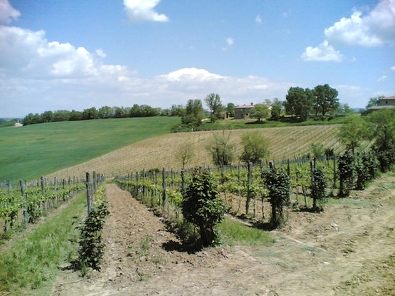
The rolling hills of Maremma near Grosseto are normally just considered a goldmine for tourists, but after two years of searching, geologists have found “significant” gold deposits in Tuscany.
“This is a land full of gold. Hundreds of indications point to it. Now the scope of our research is to search for a deposit,” geologist Franco Maranzana told Italian newspapers. “Because only if there is, as we suspect and hope, all the work we’ve done in recent years can become a business.”
Two Canadian firms are hunting for gold under the Tuscan sun, Adroit resources and Tuscan Minerals. They have permits to search in areas including: Follonica, Suvereto, Campagnatico, Manciano and Scansano, the hilly country better known for producing Morellino di Scansano DOGC wines.
Recession has just made the gold rush stronger. Analysts expect a gold price hike in 2009, which would make mining a more profitable business. The rub? Permits for research are some of the cheapest in Europe ( €8-9 euros a hectare) but mining permits are more difficult to wrangle. Both firms have research permits that will allow them to see if they can strike gold in 2009.
